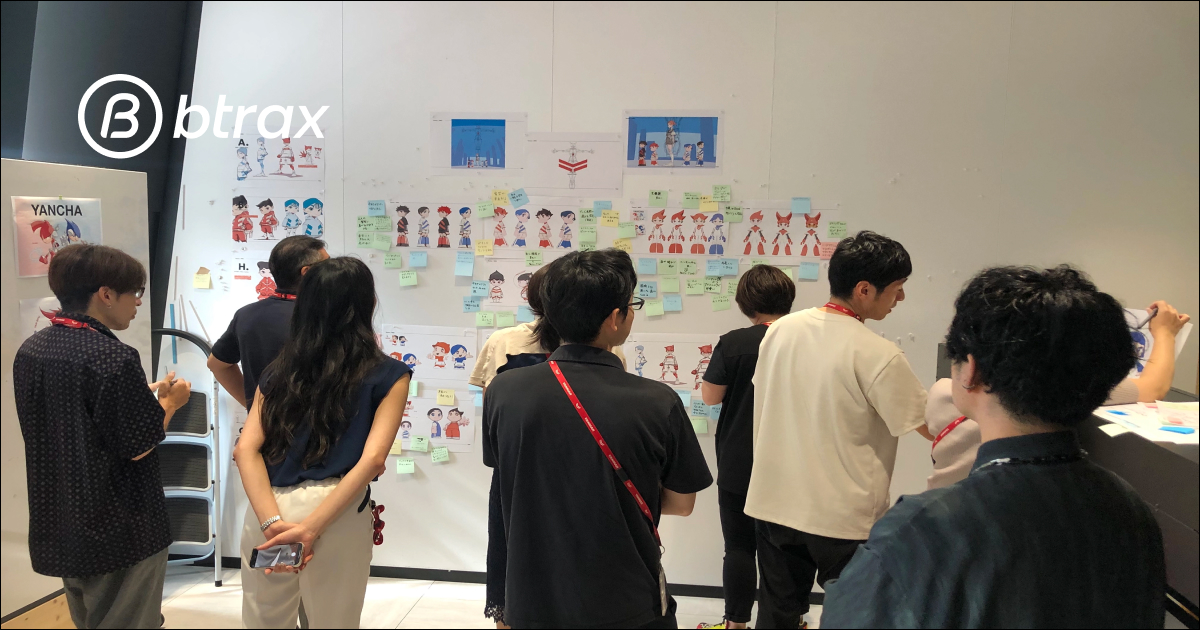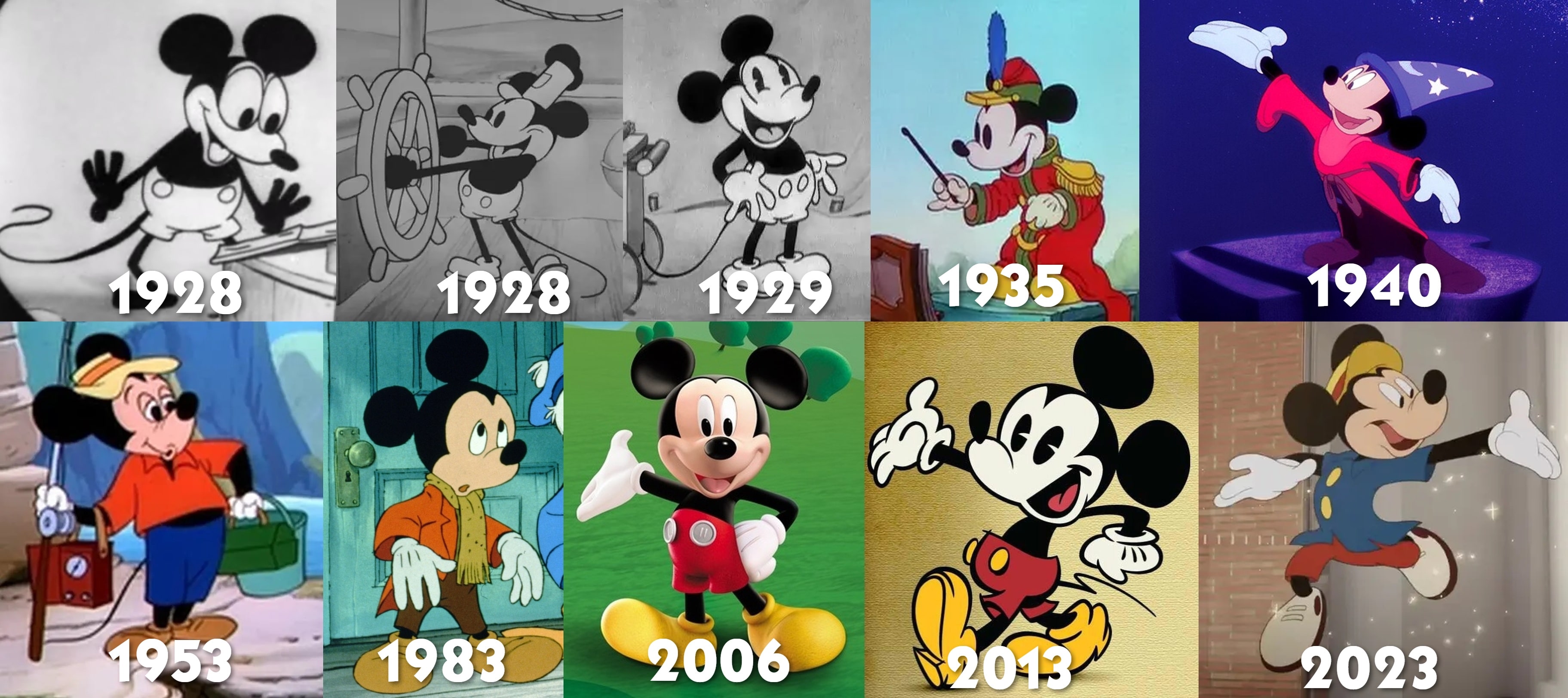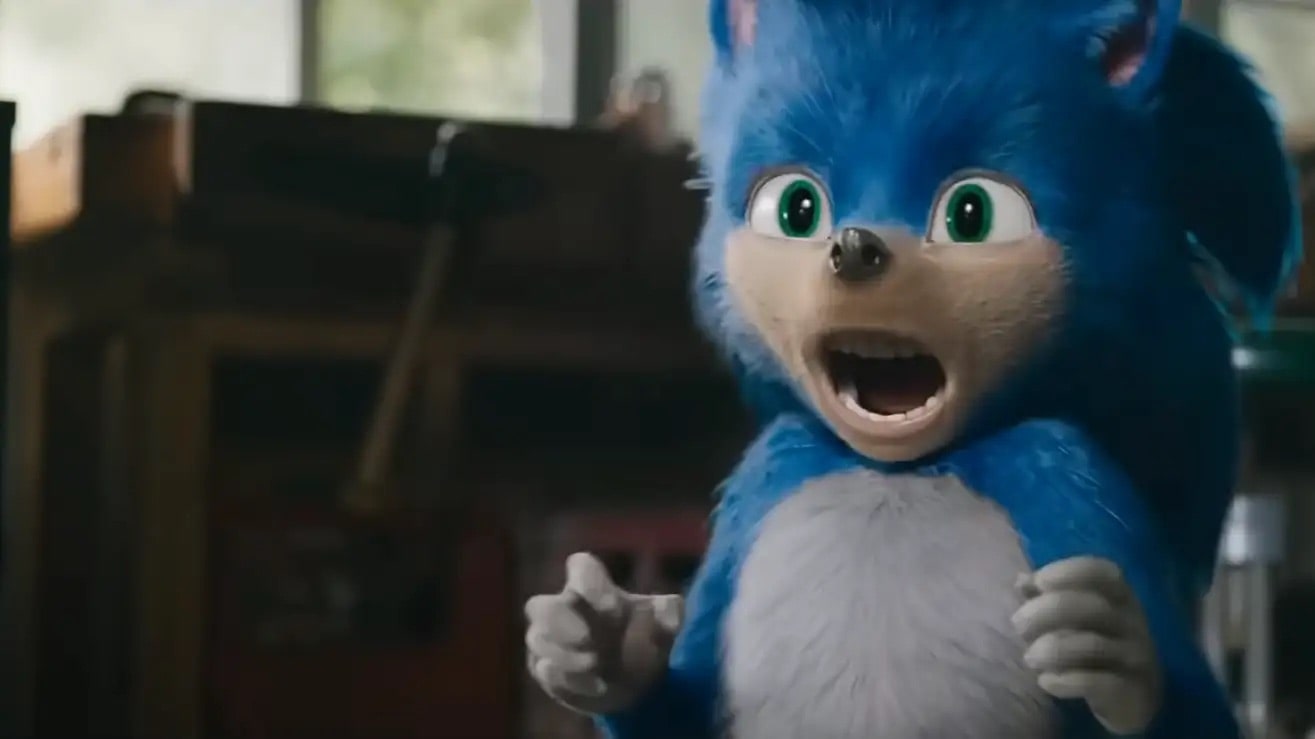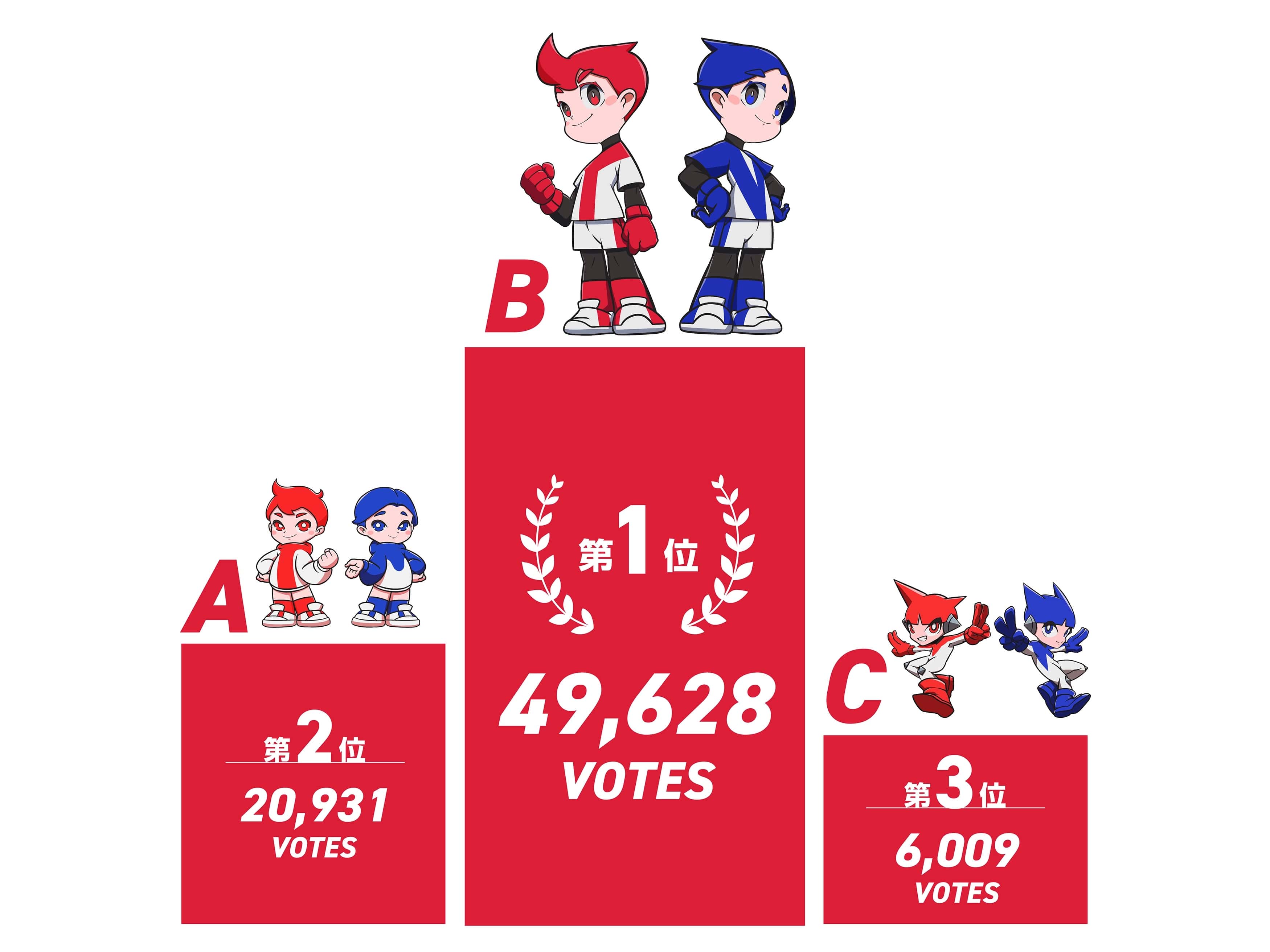
Btrax Design Company > Freshtrax > Balancing Tradi...
Balancing Tradition and Modernity: The Redesign of Nostalgic Characters
Characters, especially those we grew up enjoying, hold a special place in our hearts. The nostalgia associated with our beloved characters is often tied to long-lasting brand loyalty and general positive associations. Whether from beloved childhood cartoons, iconic advertisements, or classic films, these characters often evoke strong memories and emotions.
However, as times change, so do audience expectations. New characters are popping up all the time, so how can the classics compete? How can brands and their characters stay relevant?
To stay relevant, many brands and entertainment companies have tackled the challenge of redesigning their nostalgic characters. Let’s explore some of the reasons behind these redesigns and highlight some examples.
Why Redesign Nostalgic Characters?
- Cultural Relevance: As society evolves, so do our values. Characters that were once relatable to audiences, may seem outdated today. Redesigns can help align these characters with modern cultural expectations and preferences.
- Technological Advancements: Advances in technology often drive character redesigns. As animation and digital design tools improve, characters are updated to take full advantage of new capabilities.
- Brand Evolution: Companies evolve, and so must their mascots. Characters that represent a brand need to reflect the company’s current identity.
- Globalization: As brands and characters become more global, they need to appeal to a broader audience. Redesigns often aim to make characters more universally relatable, crossing cultural and geographical boundaries.
Mickey Mouse: Almost 100 Years of Successful Redesigns
Mickey Mouse, who debuted in 1928, has undergone several redesigns to keep up with changing animation styles and audience expectations while maintaining his core identity.
His classic design has undergone several changes from his beginnings in the Disney feature “Steamboat Willy” to today.
His design changes reflect technological advances as it went from 2D to 3D in 2006, using CGI animation techniques to reduce the cost of animating TV shows and videos featuring his character.

Mickey Mouse character redesigns over the years. (Source.)
In 2013, the brand leaned into the nostalgia of the original character design of Mickey Mouse, incorporating some classic design elements into a new redesign.
Thanks in part to these character redesigns, Mickey Mouse has maintained popularity and recognizability for nearly 100 years.
Sonic the Hedgehog: The Importance of Listening to Fans
Sonic the Hedgehog is a prime example of how deeply fans are connected to nostalgic characters and how redesigns can be a balancing act between modernization and honoring the past.
When the first trailer for the live-action Sonic the Hedgehog movie was released in 2019, fans reacted strongly to Sonic’s new design, which deviated significantly from his classic look. The backlash was immediate, with many criticizing the character’s overly realistic features, such as small eyes and human-like teeth, which made him look less like the Sonic they grew up with.

Sonic the Hedgehog’s unpopular redesign. (Source.)
In response, the filmmakers decided to delay the movie and completely redesign Sonic, bringing him closer to his original, beloved design from the 1990s. The new version featured larger eyes, a more rounded body, and a more cartoonish appearance that better reflected the Sonic fans knew and loved.
This redesign, driven by fan feedback, highlights the importance of staying true to a character’s roots while adapting to modern sensibilities. The revised Sonic was widely praised, and the film went on to become a box-office success. This case underscores how critical it is to respect the nostalgic connection fans have with iconic characters while ensuring they remain relevant in a modern context.
Yanboh and Marboh: Redesigning Iconic Characters Through “Inclusive Design”
Yanmar, a well-known Japanese industrial equipment manufacturer, has a rich history deeply connected to its iconic characters, Yanboh and Marboh. These characters have been loved by people in Japan since the Showa era (1926–1989) and became symbols of Yanmar’s brand identity.
Here is a video of the character in 1959 displaying their classic design.
As Yanmar evolved into a modern, high-tech global company, they decided it was time to give the characters a redesign that would align with the company’s new direction.

Yanboh and Marboh character redesigns since the 1950s
The characters have undergone many redesigns since the 1950s, as shown in the following news clip, however, this latest design was a big step! In 2023, Yanmar, in collaboration with btrax, embarked on a creative journey to reimagine these nostalgic characters while maintaining their essence.
Yanmar’s design team included a wide range of voices in a creative process called “inclusive design” to ensure that the new designs would be embraced by a diverse audience. This innovative approach allowed existing fans to be a part of the future of the characters that they grew up with!
Ultimately, three new design concepts, labeled A, B, and C were created and presented for public voting. Between November 16 to December 7, 2023, 76,568 votes were cast! Design B emerged as the winner, receiving 65% of the votes.

The redesigned Yanboh and Marboh characters are set to play a prominent role in Yanmar’s future branding efforts, ensuring that these characters continue to connect with audiences across future generations.

Want to learn more about how Yanmar, in collaboration with btrax, approached this redesign project? Read the full case study here.
Conclusion
As technology continues to advance and cultural landscapes shift, the redesign of nostalgic characters will remain an important part of branding.
Whether it’s through subtle tweaks or complete overhauls, the challenge lies in maintaining the balance between honoring the past and embracing the future. By doing so, these characters can continue to inspire and entertain across generations.







